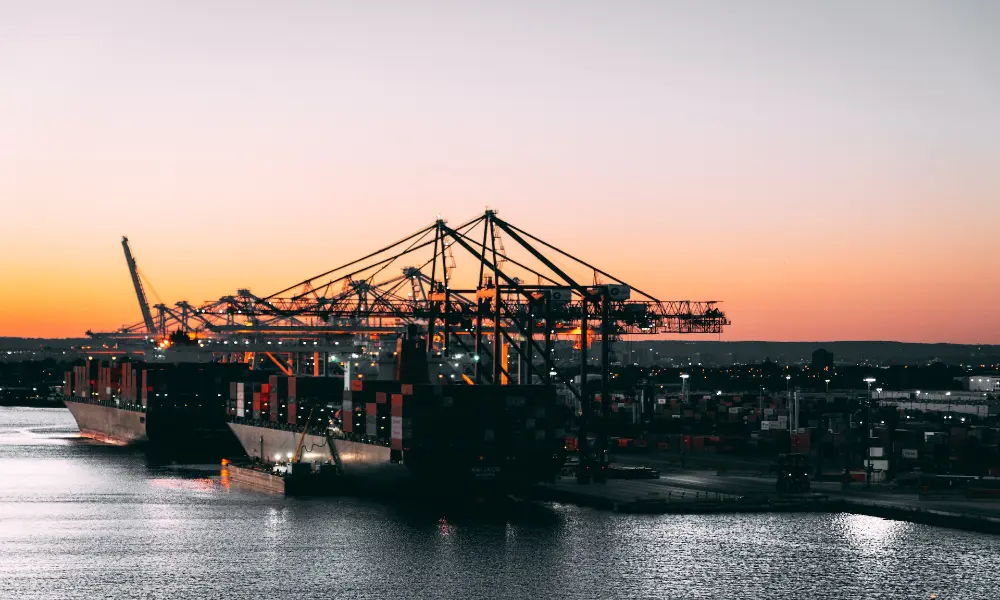The New Wave: Bio-LNG in 70 Ports
What once seemed a distant reality is now far closer to home – or more accurately, the dock. Bio-LNG, a sustainable alternative to traditional ship fuel, has made its debut in nearly 70 ports around the globe. This transition towards cleaner energy sources has been disclosed by the industry group Sea-LNG with the vital details publicized in its recent announcement.
This newly emerged reality of bio-LNG availability includes ports across Europe, North America, and Asia. This information can be easily gleaned from the group’s web-based Bunker Navigator tool. This invaluable resource provides an international view of LNG fuelling infrastructure, proof positive that the bio-fuel age is upon us.
Bio-LNG Fuelling Change
Breaking down barriers, it’s apparent that bio-LNG is no longer merely a concept. It has become a commercially viable fuel, replacing traditional marine fuel in three crucial shipping regions. Adi Aggarwal, general manager of Sea-LNG, expressed his views in a press release: “Bio-LNG’s current availability and its adoption as a drop-in marine fuel, especially in Europe, North America, and Asia, demonstrate the lasting difference that the LNG pathway can make in decarbonizing our industry.”
Addressing Climate Change: One Bunker at a Time
Aggarwal’s in-depth analysis revealed that the challenge of climate change goes beyond just an emissions problem – one that we can’t afford to leave unchecked. He emphasized, “Climate change can be viewed as a stock and flow issue. The longer our industry delays transitioning to low-carbon fuels, such as Bio-LNG, the more daunting our decarbonization challenge becomes.”
Therefore, the current adoption of Bio-LNG as a ‘drop-in’ marine fuel signifies an essential transitory period. It marks the shipping industry’s commitment to a cleaner, greener, and more sustainable future. Now, it’s not only about sailing through the seas; it’s about ensuring these seas flourish for centuries to come.
As we gaze into the ebb and flow of the green tide, we can be optimistic. The evolution towards bio-LNG and its implementation in major ports spanning three continents is promising. This shift indicates a robust commitment to the global challenge of maritime decarbonization. It’s not just a wave but a tide of change we have long been waiting for.



